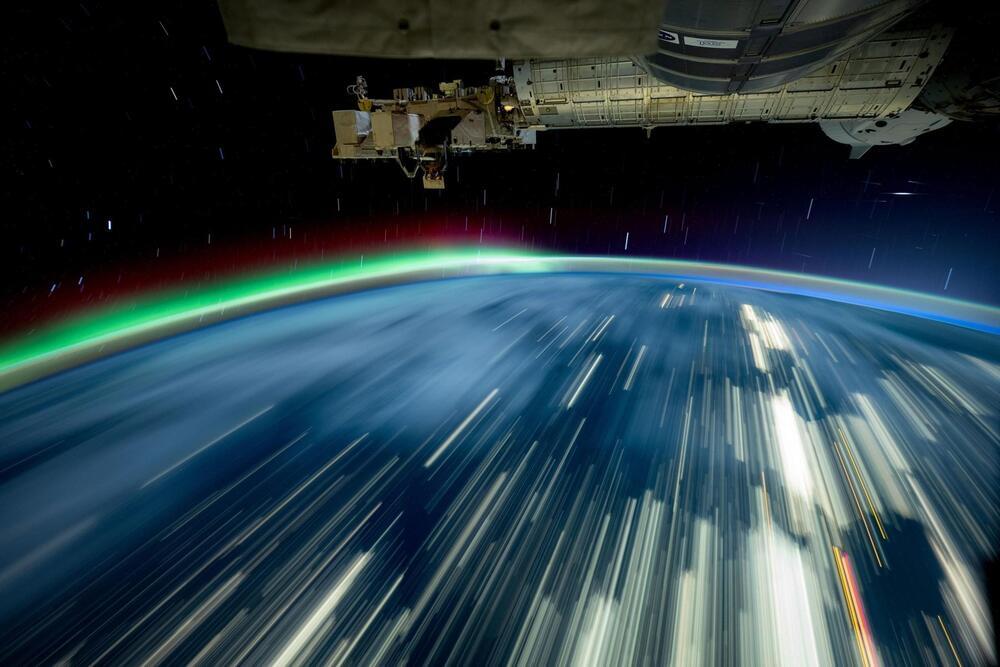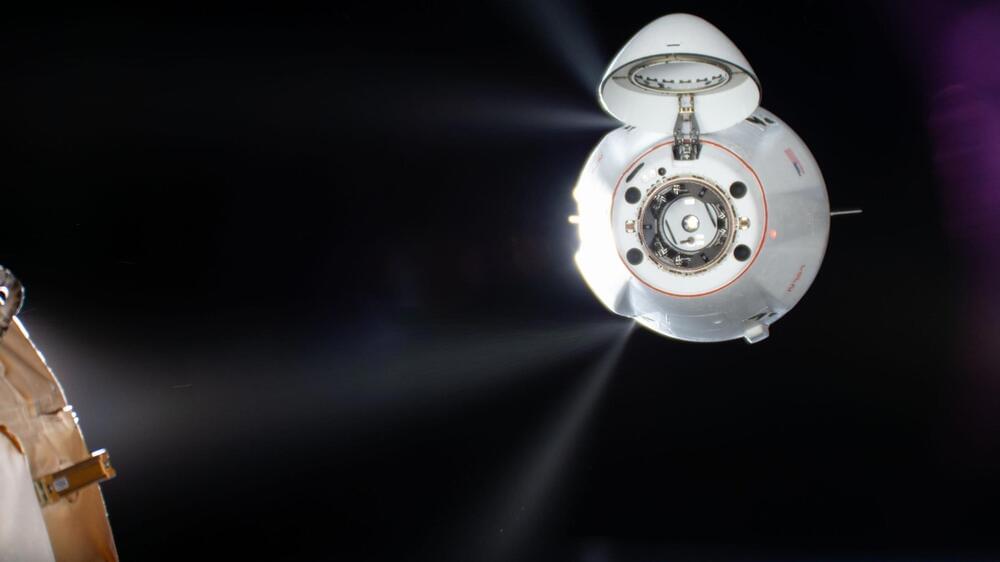Watch the video from Boeing Space explaining all.


SpaceX What about it!?


New science experiments and research samples, delivered on Tuesday by the SpaceX Dragon cargo spacecraft, were installed on Wednesday on the International Space Station (ISS). Meanwhile, science activities and lab maintenance continue to support the smooth operation of the orbital outpost.
Crew Begins Unloading and Installation
The four NASA astronauts representing the Expedition 72 crew, including Flight Engineers Don Pettit, Nick Hague, and Butch Wilmore, as well as Commander Suni Williams, spent the day unloading Dragon’s research-packed cargo. Arriving on November 5, Dragon brought advanced research equipment and temperature-sensitive specimens, which the crew quickly transferred to the ISS, placing them in dedicated research racks and cold storage for upcoming experiments.

There have been some laboratory experiments and theoretical work done to validate aspects of the plasma magnet propulsion concept. The Plasma Magnet is a wind drag device invented almost twenty years ago by Dr. John Slough from the University of Washington. A rocket that uses a propellant to create momentum. A plasma magnet (newer / Wind Rider design) uses the pressure of the solar wind to gather momentum. This type of propulsion actually exists in nature. A dandelion coasts upon the wind to its ultimate destination.
The plasma magnet drive with dynamic soaring is a system that could be plausibly scaled for human crewed missions up to 2–3% of light speed without needing gigawatt power systems. It seems one of the systems with the fewest technological challenges. There are many other proposals to get to this speed.

Researchers have been performing these experiments for nearly 30 years but they always encounter the same problem: the bottle technique yields an average neutron survival time of 880 s, while the beam method produces a lifetime of 888 s. Importantly, this eight-second difference is larger than the uncertainties of the measurements, meaning that known sources of error cannot explain it.
A mix of different neutron states?
A team led by Benjamin Koch and Felix Hummel of TU Wien’s Institute of Theoretical Physics is now suggesting that the discrepancy could be caused by nuclear decay producing free neutrons in a mix of different states. Some neutrons might be in the ground state, for example, while others could be in a higher-energy excited state. This would alter the neutrons’ lifetimes, they say, because elements in the so-called transition matrix that describes how neutrons decay into protons would be different for neutrons in excited states and neutrons in ground states.

At 9:52 a.m. EST, the SpaceX Dragon spacecraft successfully docked to the forward port of the International Space Stations Harmony module.
This mission, SpaceX’s 31st commercial resupply service for NASA, delivered over 6,000 pounds of scientific equipment and cargo to the space station. The journey began at 9:29 a.m. on November 4, when a SpaceX Falcon 9 rocket launched from Launch Complex 39A at NASA’s Kennedy Space Center in Florida.


Two researchers at The University of Alabama in Huntsville (UAH) have published a paper that demonstrates for the first time that a subluminal warp drive is possible within the bounds of known physics without the need to employ exotic unknown forms of matter or energy, while also advancing our understanding of gravity. UAH alumnus Dr. Jared Fuchs led a team of physicists that produced the paper, supported by Dr. Christopher Helmerich, also an alumnus of UAH, a part of the University of Alabama System, both working in conjunction with the New York-based Applied Propulsion Laboratory of Applied Physics (APL).
When Mexican physicist Miguel Alcubierre first proposed his theoretical warp drive in 1994, the concept required a bubble of ‘negative energy density’ around an object to create an imbalance in space-time, generating motion without movement of the craft, thus avoiding violations of the speed-of-light limit. But the Star Trek dream comes with a catch: it would have to be powered by either exotic particles that haven’t yet been discovered, or the mysterious dark energy thought to drive the expansion of the universe, currently viewed by most physicists as not remotely achievable.
Fuch’s team’s Constant-Velocity Subluminal Warp Drive, however, offers a new means of propulsion that allows it to operate at constant subluminal speeds, while still conforming to Einstein’s theory of general relativity, with no need for ‘unphysical’ forms of matter required by previous designs.
